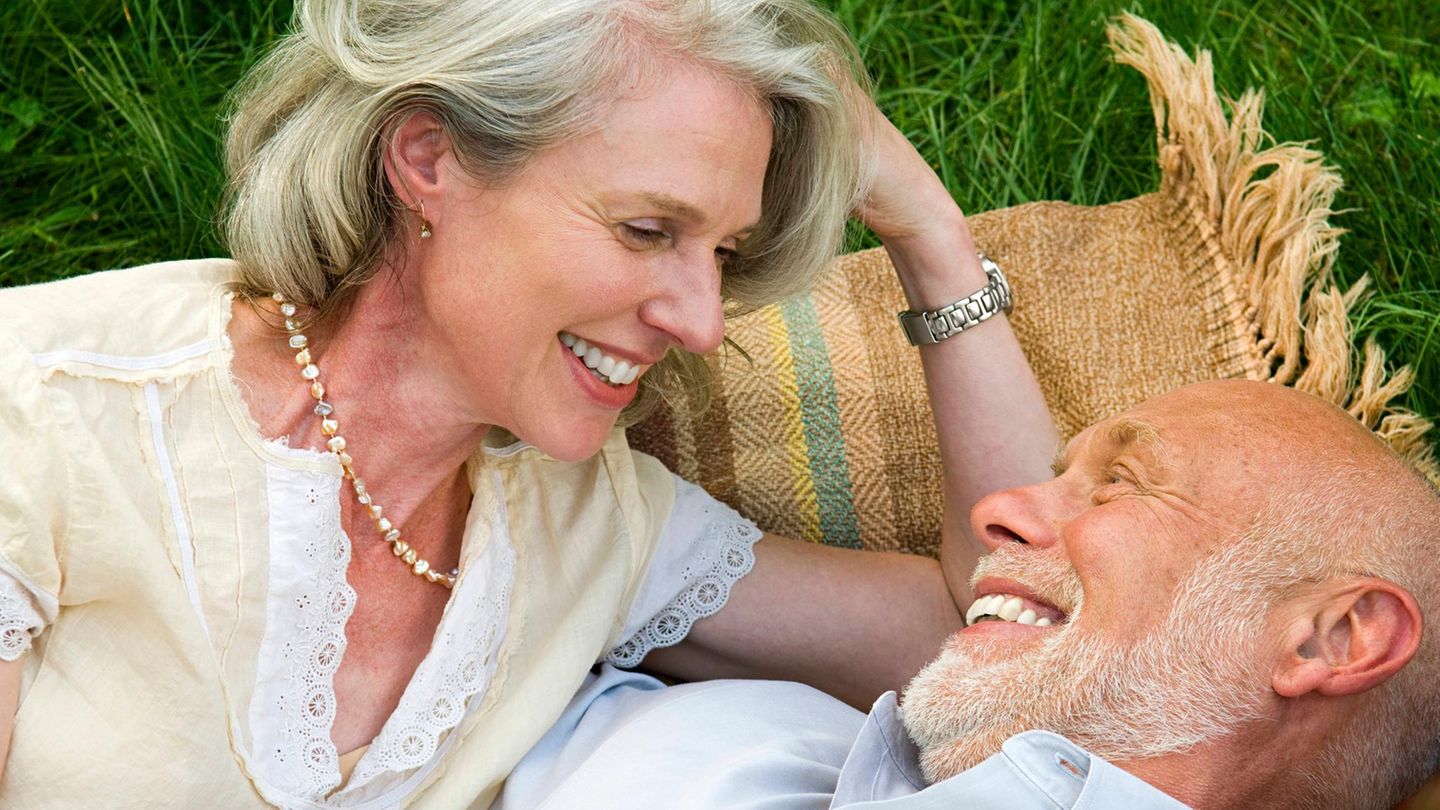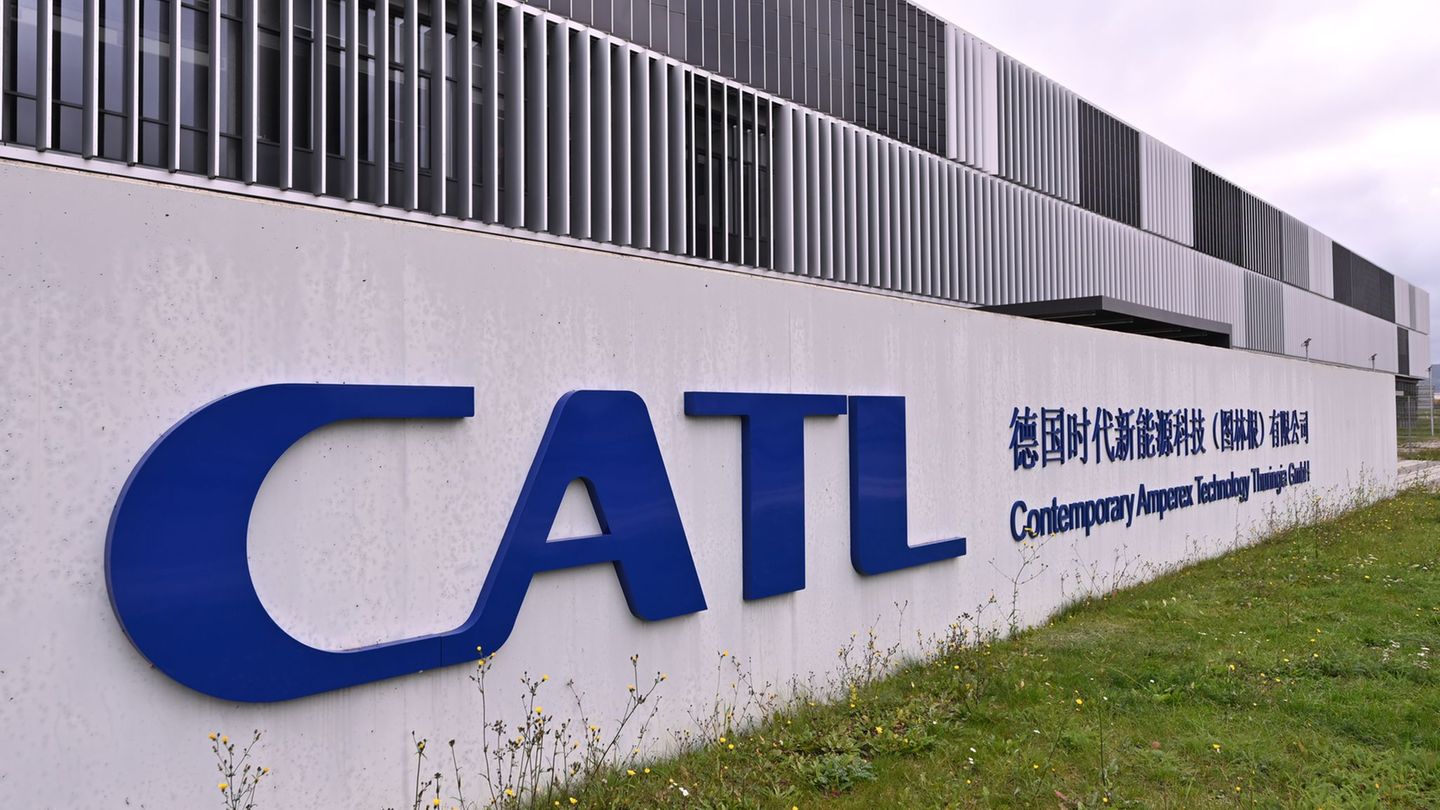The mood during the election campaign was heated, and forming a government will probably be difficult. On the last day before the elections, there will be more rallies. But there will also be protests.
In Thuringia and Saxony, the election campaign has entered its final stretch ahead of the groundbreaking state elections. The elections on Sunday will not only make it difficult to form a government in both states, they will also serve as an important mood test ahead of the federal election next year. The governing parties SPD, Greens and FDP are threatened with a disastrous result.
The focus is on the AfD’s performance. The party, which is classified as definitely right-wing extremist by the Office for the Protection of the Constitution in both states, could become the strongest force in state elections for the first time. The AfD’s election campaign ended in Erfurt on Saturday in front of around 1,300 participants, according to police. The appearance of the right-wing top candidate Björn Höcke and AfD co-chair Alice Weidel was accompanied by more than 2,500 counter-demonstrators, according to police. “We will not allow the AfD to dominate the election weekend with its extreme right-wing agitation, intimidate people and use our city as a stage for its propaganda,” declared the “Auf die Plätze” alliance. The police were deployed in large numbers.
At an election rally the evening before, Weidel had stressed: “The future of Germany will be decided in Saxony, Thuringia and later in Brandenburg.” However, there is no alliance partner in sight for the party in either Dresden or Erfurt.
Important role for newcomer BSW
Instead, the Sahra Wagenknecht (BSW) alliance, which was only founded at the beginning of the year, could play a decisive role in forming a coalition. According to surveys, only an unprecedented alliance of the CDU, BSW and SPD would have a politically viable majority in Thuringia. However, such a coalition would be tricky: Wagenknecht was once a member of the SED and later was considered an icon of the communist platform in the Left – which is causing many CDU politicians to worry. According to surveys, the current red-red-green minority government of Prime Minister Bodo Ramelow (Left) is unlikely to achieve a majority.
SPD leader Saskia Esken lamented the good performance of parties such as the AfD and BSW in the polls. “That is frightening and, especially with regard to the BSW, also astonishing. People cannot possibly know what is coming and are apparently prepared to buy a pig in a poke,” she told the “Augsburger Allgemeine”.
The BSW could also influence the formation of a government in Saxony. However, a new version of the current alliance between Prime Minister Michael Kretschmer (CDU) and the Greens and SPD is conceivable here. However, other parties could also join. The CDU – unlike the Left – has not yet ruled out a coalition with the BSW.
The Left tried to mobilize again on Saturday at a rally in Gera. In addition to Prime Minister Ramelow, the outgoing co-chairman, Martin Schirdewan, and Gregor Gysi also took part.
Meanwhile, in Dresden, several thousand people demonstrated for solidarity, diversity and democracy on the day before the state elections. More than 70 clubs, collectives and groups had invited people to the large-scale demonstration “Tolerade”.
Polls: AfD ahead in Thuringia, second in Saxony
In recent days, the AfD in Thuringia has been clearly in first place in the polls with values between 29 and 30 percent, ahead of the CDU with 22 to 23 percent. The Left Party is therefore at 13 to 14 percent – and is thus behind the BSW, which would get 17 to 18 percent. The SPD could get 6 to 7 percent. The Greens could miss out on a place in the state parliament with 4 percent.
In Saxony, the latest polls showed a neck-and-neck race between the CDU and AfD, with the latest ZDF “Politbarometer” putting the CDU ahead with 33 percent. The AfD would then come in at 30 to 31 percent. However, an Insa survey a few days earlier put the AfD just ahead of the CDU. The BSW follows with 12 to 15 percent. The SPD would be represented in the state parliament again with 6 to 7 percent, as would the Greens with 6 percent, although they are dangerously close to the five percent hurdle. The Left Party has to fear re-election with 4 percent. Election polls are generally always subject to uncertainty. In principle, polls only reflect the opinion at the time of the survey and are not forecasts of the election outcome.
The election campaign was heated. One point of contention was the Russian war of aggression against Ukraine and Germany’s role as Kiev’s ally and in NATO. The alleged Islamist knife attack in Solingen added further heat to the debate about asylum and migration. In recent months there have also been several attacks on politicians and election workers.
Source: Stern
I have been working in the news industry for over 6 years, first as a reporter and now as an editor. I have covered politics extensively, and my work has appeared in major newspapers and online news outlets around the world. In addition to my writing, I also contribute regularly to 24 Hours World.




